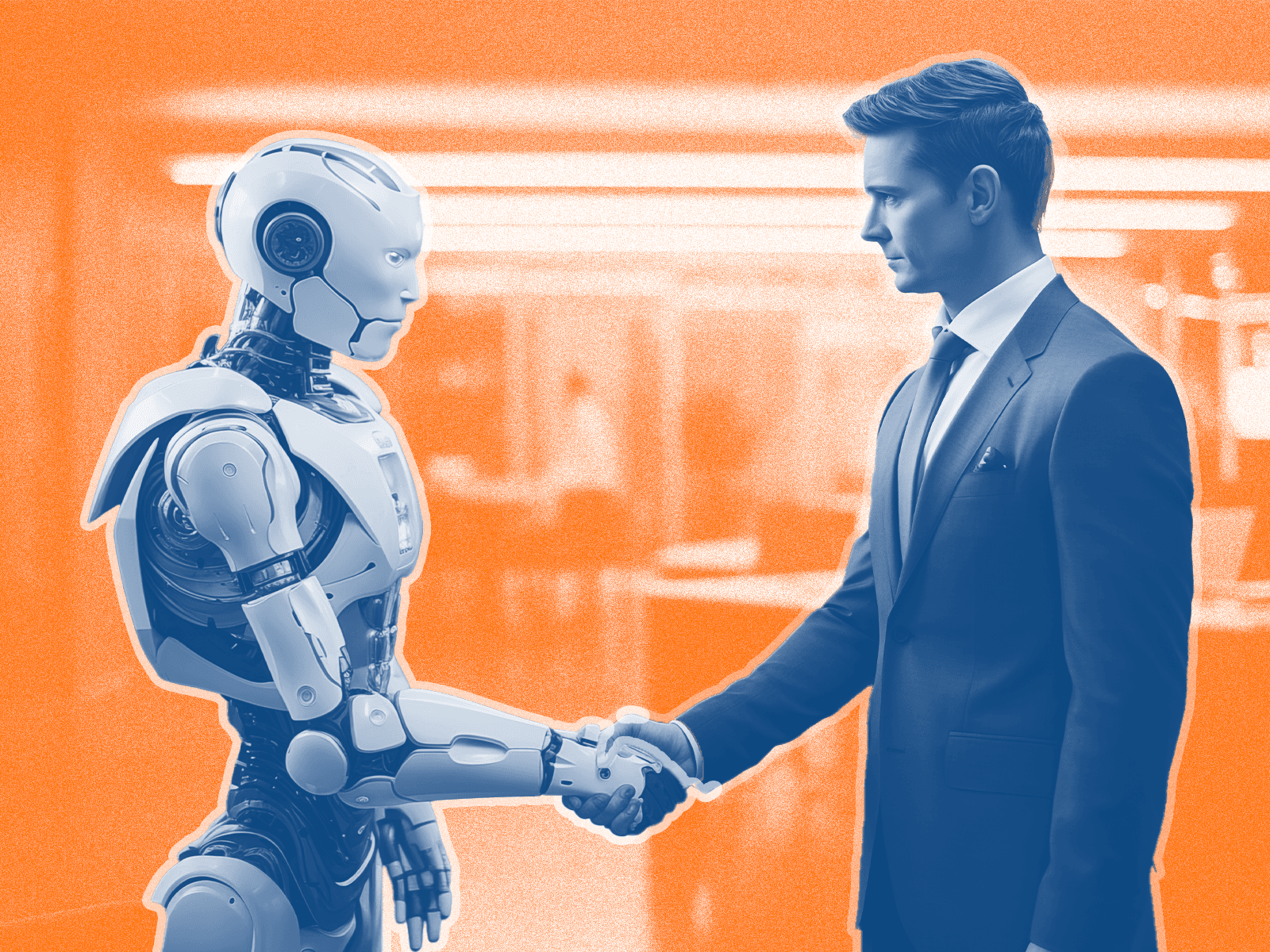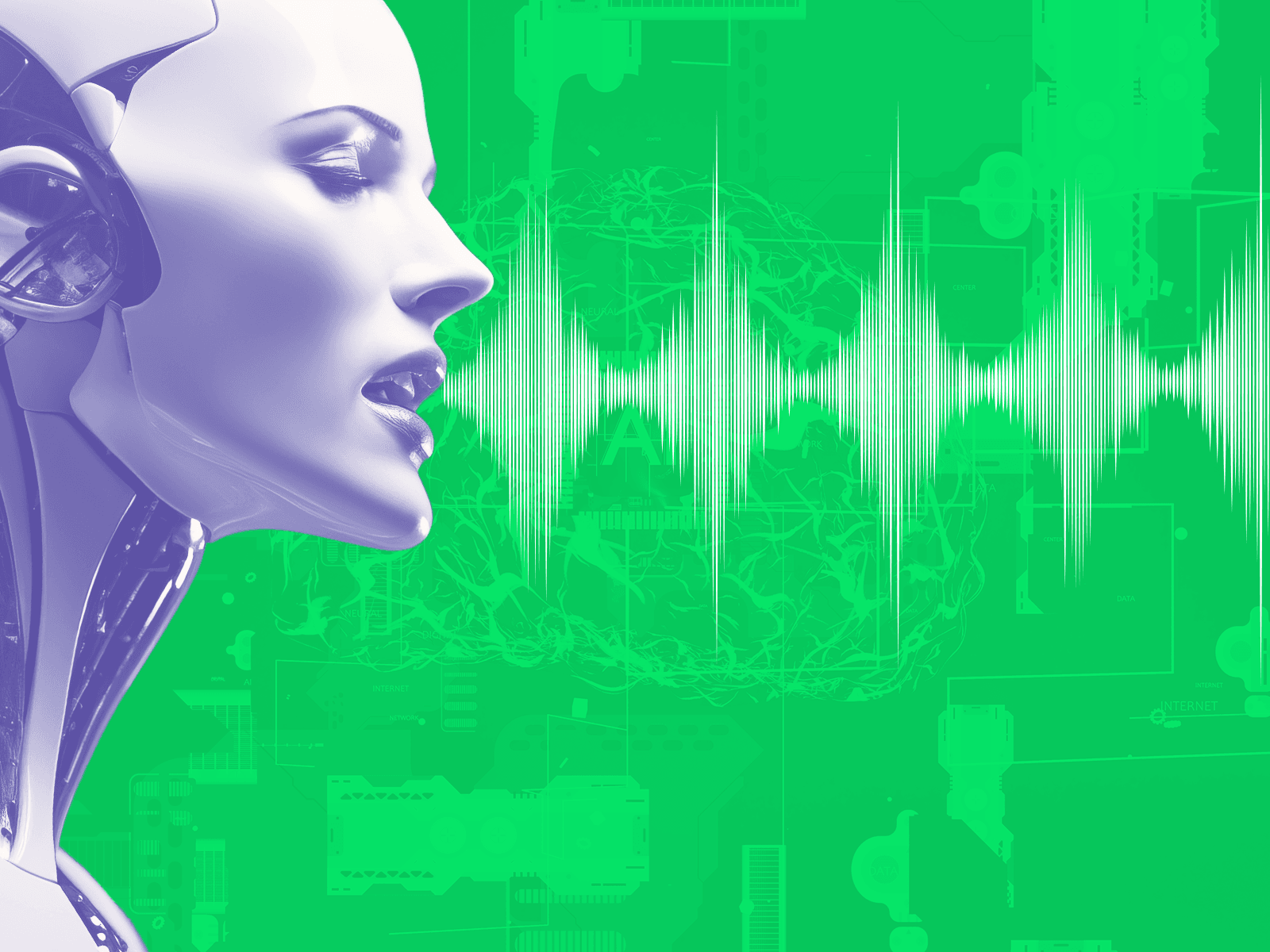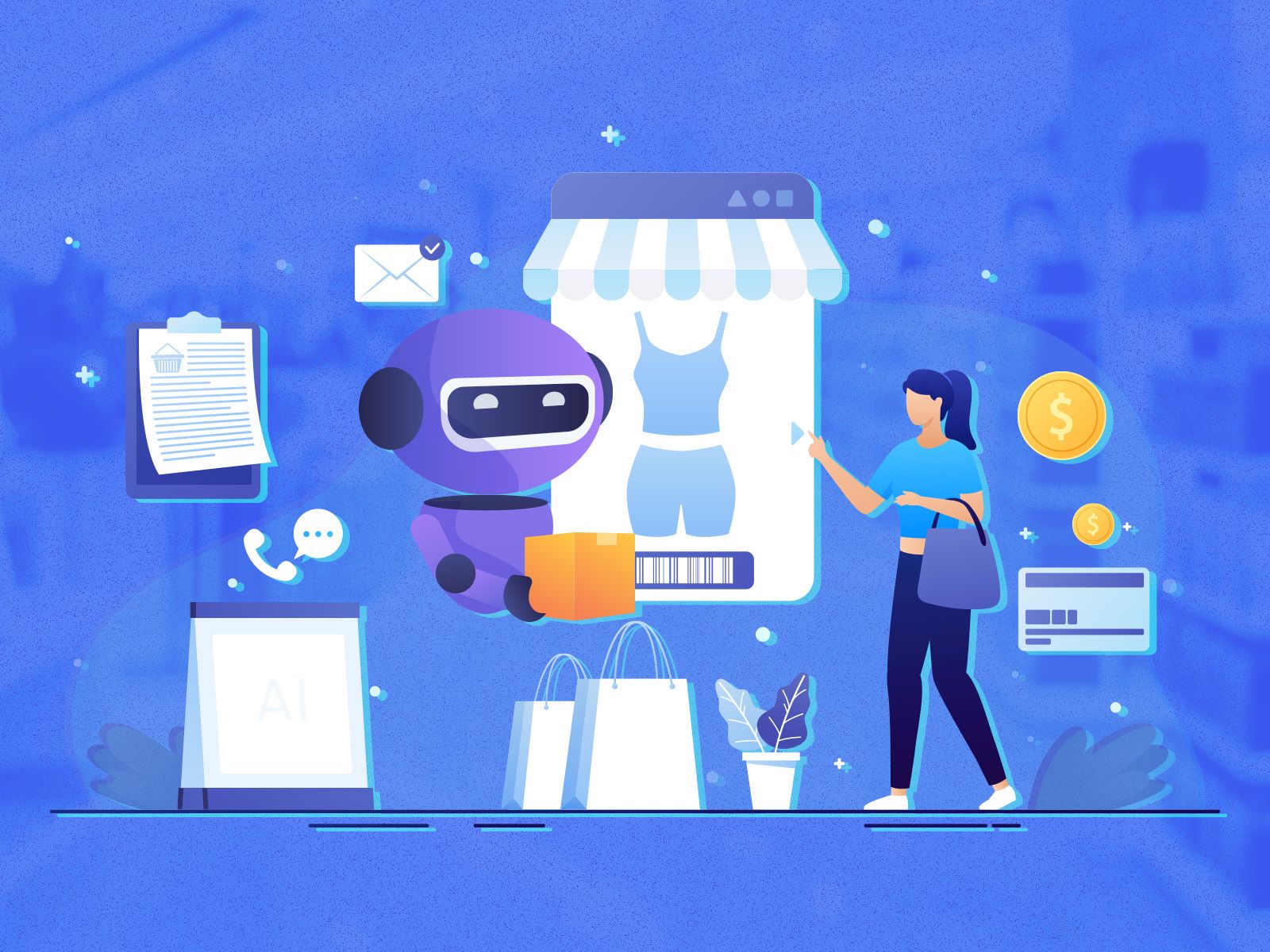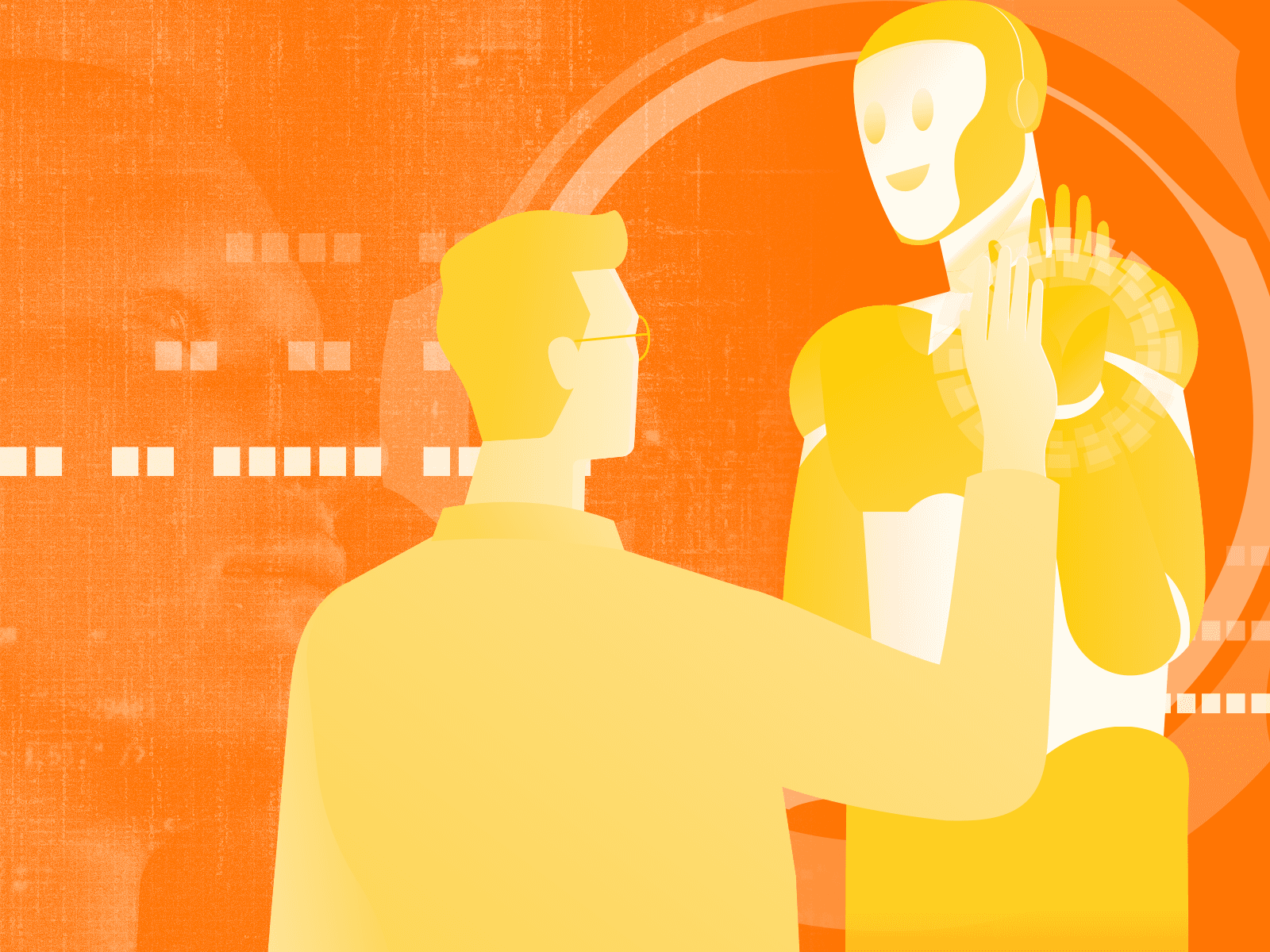AI, Sensing, and Imagination: Vision's Impact on IoT

Illustration: © AI For All
Vision is fast becoming a leading sensing application for IoT developments, and that’s changing our world profoundly.
Think about factories and manufacturing. Computer vision systems can transform modern factories by ensuring quality control, optimizing processes, reducing waste, and driving continuous improvement. These systems contribute to improved productivity, cost-efficiency, and competitiveness in manufacturing operations.
In a recent IoT survey from Arm, industrial respondents said their top two reasons for embracing IoT technologies were to improve their use of data to transform business decision-making and improve customer experiences. In commercial buildings, a similar revolution is underway.
Buildings & IoT Vision Sensors
Building managers are using IoT vision sensing to monitor and analyze occupancy levels in different areas of their buildings to optimize space utilization. They can analyze foot traffic patterns and office- and desk-occupancy data to make smarter decisions about office layouts, seating arrangements, and meeting room allocation.
Outcomes like these have been on the minds of building and factory managers since the dawn of digitization, but what’s happening now to help them realize their ambitions? What’s driving developers to embrace vision-sensing solutions so quickly and with such clever effect?
Highly efficient, low-power processing technologies that can handle more data, more efficiently than ever, while leveraging AI algorithms to expand the applications and get hyper-intelligent with the data.
CPUS & Neural Processors
This confluence of efficient CPUs and neural processors and AI and ML software at the edge is opening vast new business opportunities.
Surprisingly, it’s still early days; it’s a period that reminds me a lot of the initial phase of mobile phone development: A fast-forming ecosystem using software abstracted from hardware, to allow for greater design flexibility and application development.
Anyone sitting on the vision-innovation sidelines at the moment risks being left behind. That’s not just because of the missed opportunities.
There is almost no reason not to roll up your sleeves and get to work. That’s because virtually all the tools and processes required to kickstart one’s vision journey are readily available.
IoT Vision Sensing Considerations
Connectivity
The integration of connectivity into IoT devices – through protocols such as Wi-Fi, Bluetooth Low Energy (BLE), and others – has been a pivotal development, similar to the integration of connectivity in smartphones.
Developers have the freedom to choose the right communications protocol for their particular application. Smart-vision systems inside factories, for instance, might leverage Wi-Fi for its cost and scalability benefits, while developers building energy-sipping systems might opt for BLE.
Even more profound is the growing adoption of high bandwidth 5G technology which promises to deliver applications across smart cities. (In fact, in a recent Arm survey of innovators, nearly half the respondents listed 5G as having one of the biggest impacts on IoT development in the next five years).
Security
Security is a crucial concern in IoT – where devices are in the field for years – especially when it comes to image data. IoT vision sensing is evolving to address the challenges through frameworks like PSA Certified, ensuring devices can be maintained and kept secure for extended periods.
ML at the Edge
Thanks to more powerful, efficient processing being pushed out from the cloud toward the edge, ML applications are being deployed in new, fascinating areas. They’re improving real-time performance and enabling new solutions to be developed.
Standards
Common underlying APIs and frameworks, like Trusted Firmware, enable developers to address core capabilities consistently across multiple platforms, promoting innovation and value addition. Fragmentation is becoming a thing of the past thanks to the adoption of standards.
Race to Market
The process of moving from concept to reality with vision-based IoT systems has been transformed in other ways. A generation of developers has grown up on open tools and platforms, such as Raspberry Pi.
Now, a lot of those developers – who first engaged with technologies like Raspberry Pi in their teens – are developing in the professional world. They’re demanding the same kind of ease-of-development experience they had as teenagers.
All of these factors have coalesced to spark innovation in vision-based applications not only because the processing power and ML capabilities are in place but also because barriers to design and development are falling.
Consider how much more can be achieved with a single ML-enabled camera installed at the entrance of a parking lot, as we have at the Arm Cambridge offices. It can identify all the vehicles entering and leaving throughout the day, eliminating the need for sensors in every parking space in the building.
The capabilities of IoT vision sensing are significantly enhanced, and its diverse applications are truly fascinating. This sudden expansion of capabilities within IoT through vision technology is truly remarkable.
Early adopters are winning hearts and minds, but trailing adopters – those waiting to see how early IoT adoption progresses – still have an enormous opportunity to transform their businesses with vision technologies. You can see the possibilities. The only thing holding us back now is our imagination.
Computer Vision
Internet of Things
Building Management
Author
Arm technology is building the future of computing. Our energy-efficient processor designs and software platforms have enabled advanced computing in more than 250 billion chips and our technologies securely power products from the sensor to the smartphone and the supercomputer. Together with 1,000+ technology partners, we are enabling artificial intelligence to work everywhere, and in cybersecurity, we are delivering the foundation for trust in the digital world – from chip to cloud. The future is being built on Arm.
Author
Arm technology is building the future of computing. Our energy-efficient processor designs and software platforms have enabled advanced computing in more than 250 billion chips and our technologies securely power products from the sensor to the smartphone and the supercomputer. Together with 1,000+ technology partners, we are enabling artificial intelligence to work everywhere, and in cybersecurity, we are delivering the foundation for trust in the digital world – from chip to cloud. The future is being built on Arm.









